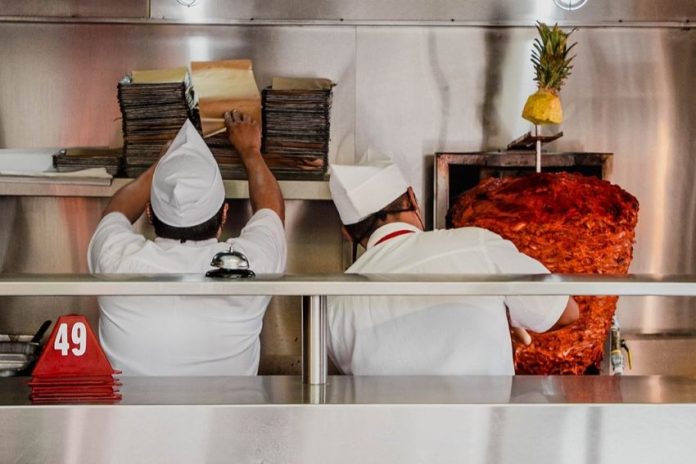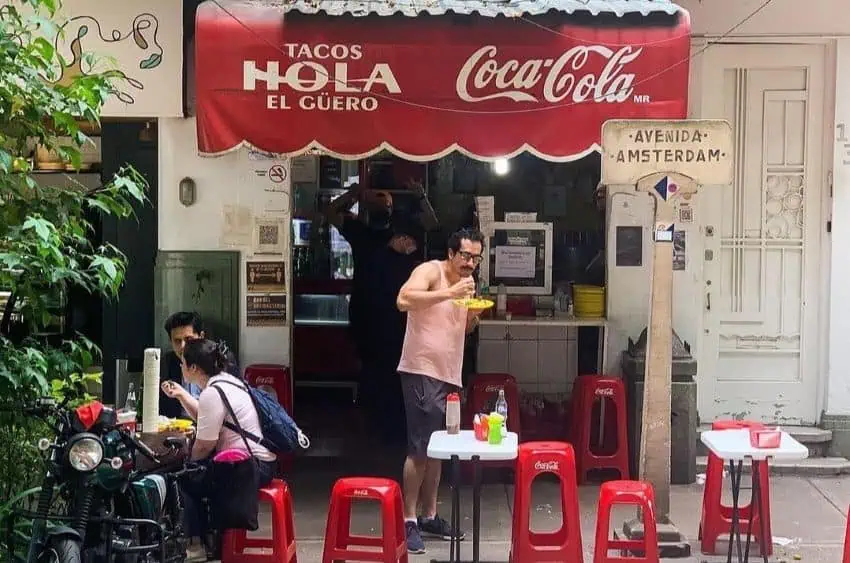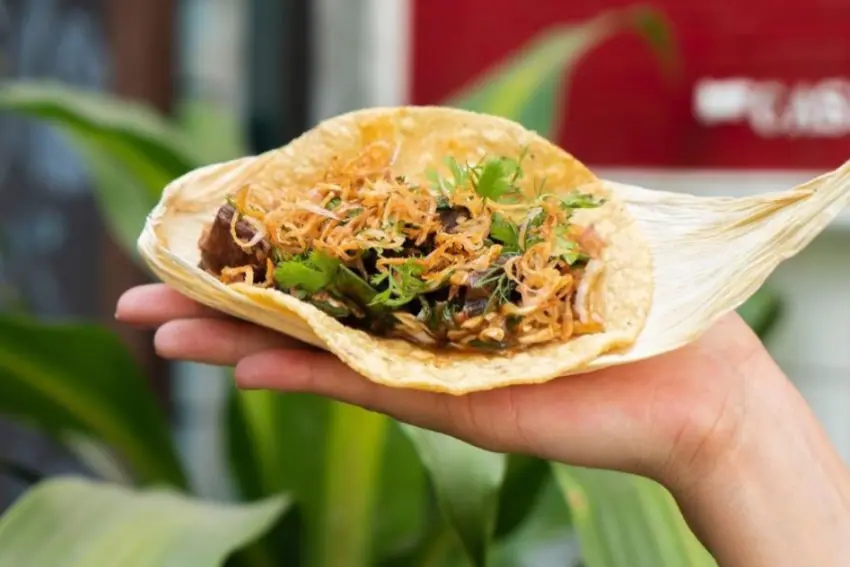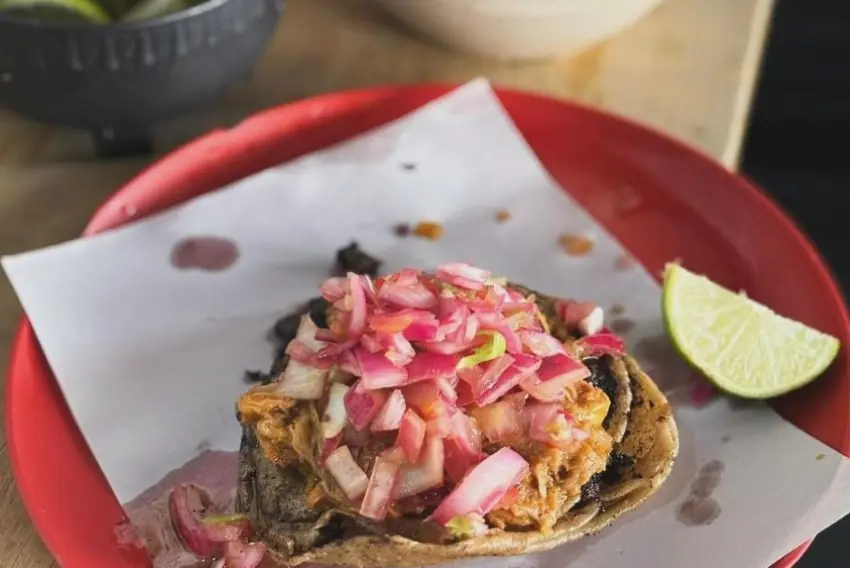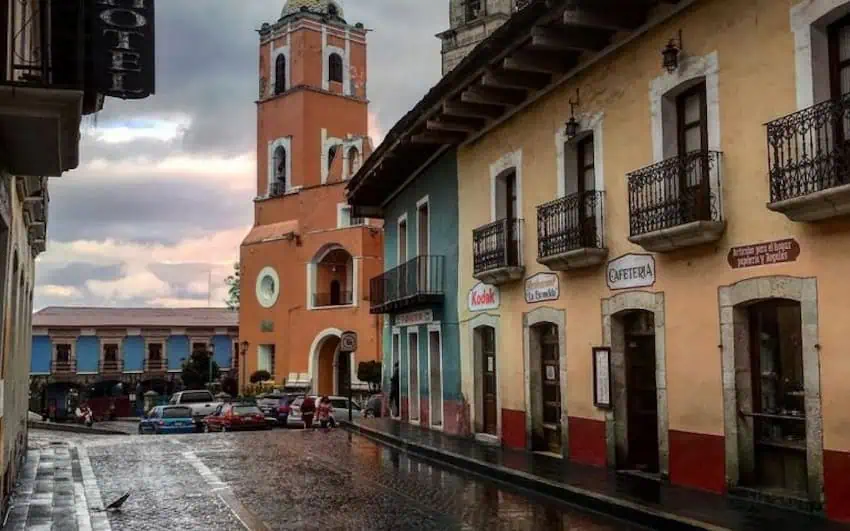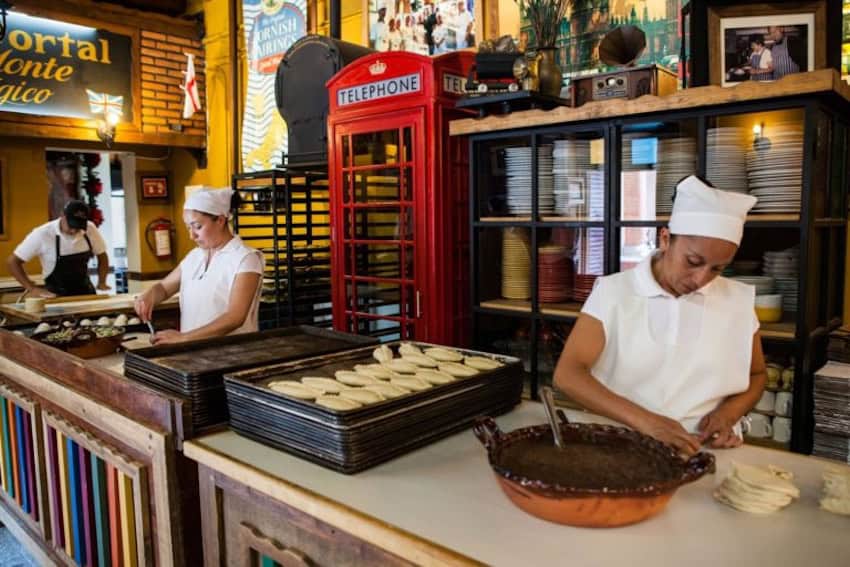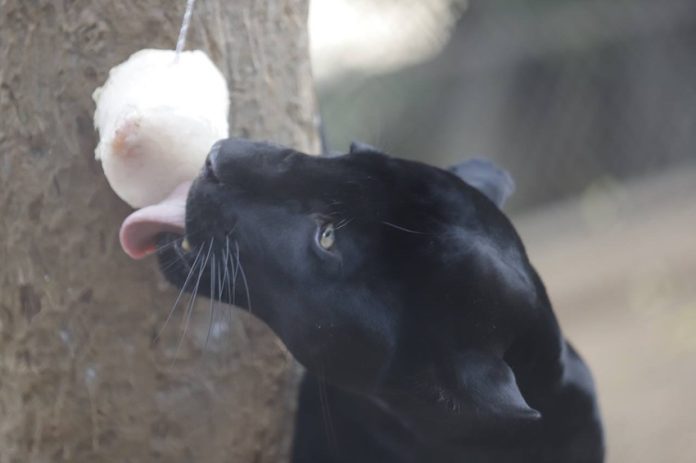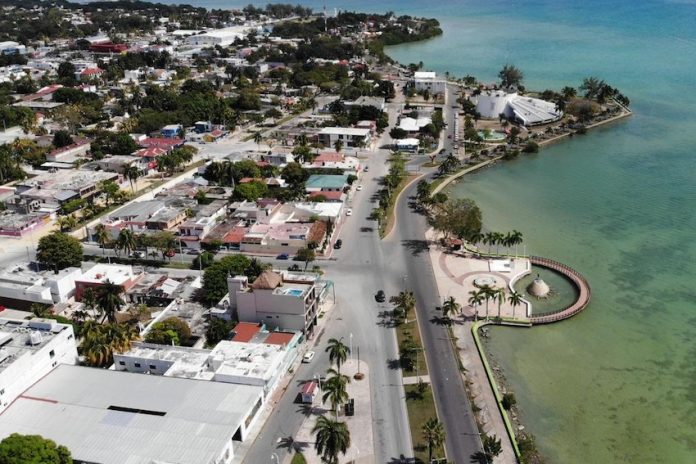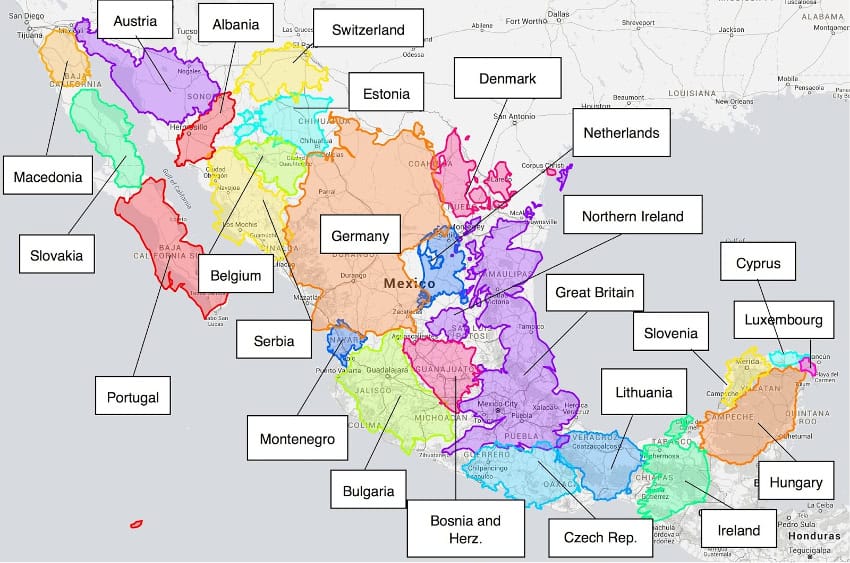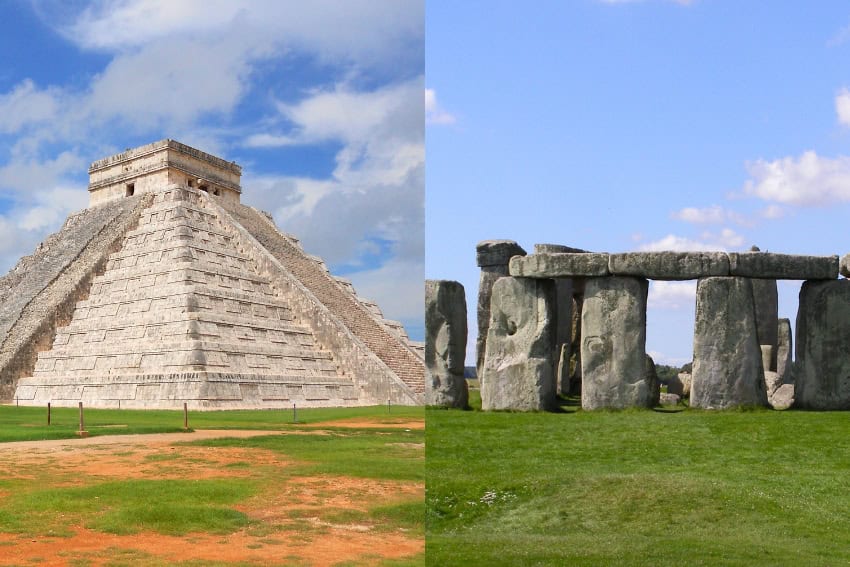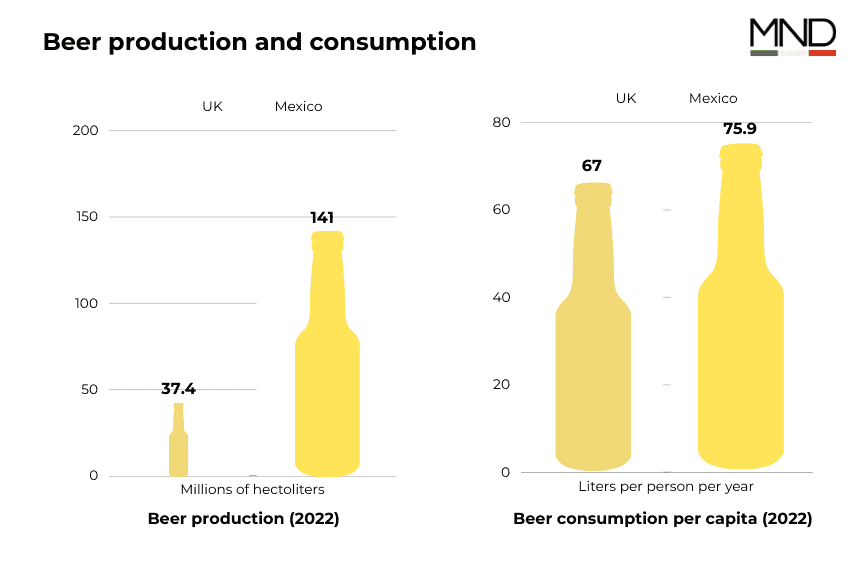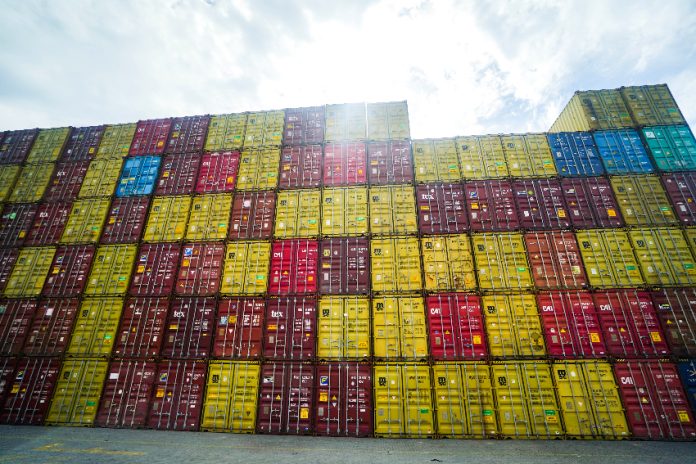Language learning website LanguagePlease describes cultural fluency as the ability “to communicate effectively within a culture, including picking up nonverbal and non-linguistic contexts. One might speak a language well but still not be culturally fluent”.
In other words, you might be able to perfectly construct your request for a taco al pastor in a local restaurant, but if that local restaurant is in Puerto Rico, you haven’t yet mastered cultural fluency.
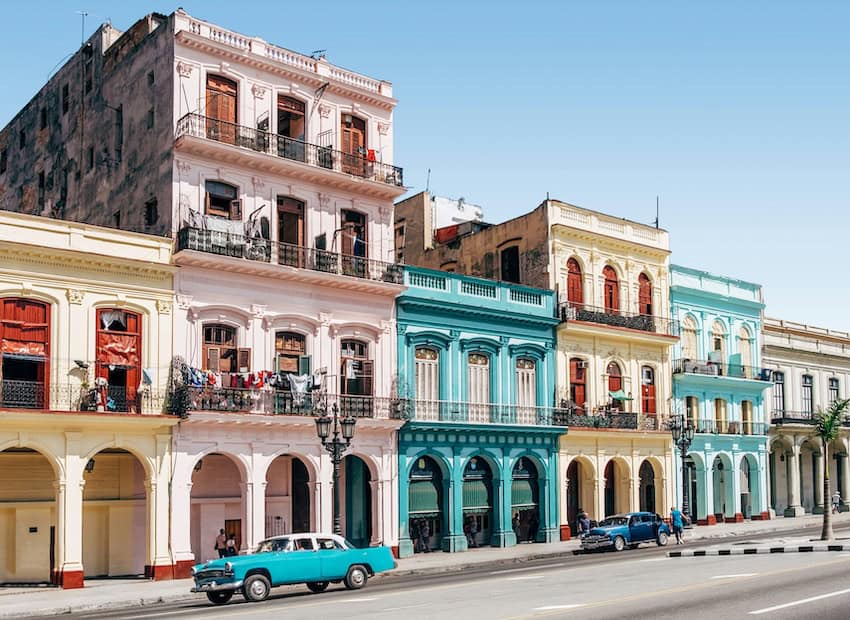
Spanish is the dominant tongue of at least 20 countries and the second most spoken language in the world. The Spanish you hear in Spain, Colombia, or Cuba is quite different to that which you hear in Mexico, and the Spanish you hear in Mexico City is even different to the Spanish you hear in Yucatán. Each region’s language is developed within historical, religious, and geographical contexts, resulting in various ways to say the same thing.
“What’s up”, is a great example. If you’re greeted with a “Qué bola,” you’re probably in Cuba. “Qué más” and you’re likely speaking to a Venezuelan. “Qué pedo,” you’re definitely in Mexico. The way people talk fluctuates from one country to the next and true fluency enables you to know the difference. It’s like being book smart and street smart, but in a language.
To understand the words and phrases that differentiate Mexican Spanish to Spanish of any other kind is attainable through traveling, watching Mexican TV shows, reading Mexican books, and hanging out with Mexican people. This exposes you to terms you might not otherwise come across while studying for your B2 language test.
Like, jalapeño.

Obviously, it’s a pepper. A spicy one. Used as a topping for tacos or diced in guacamole.
But that’s not all.
The vibrant capital of Veracruz is also full of jalapeños. Some are growing on bushes while others are walking to school, texting a friend, or making coffee. Because in Xalapa, the term jalapeño refers to both the pepper and the people who were born there.
Similar to “Londoner” or “New Yorker” or “Torontonian”, nicknames in Mexico are applied according to the city in which you were born. However, they’re not always so straight forward. As a matter of fact, they’re a lot more fun. For that reason, we’ve compiled a list of Mexican monikers to help you determine when someone is referring to a person from the Yucatán and not a nutty root vegetable.
Mexico City: Chilangos
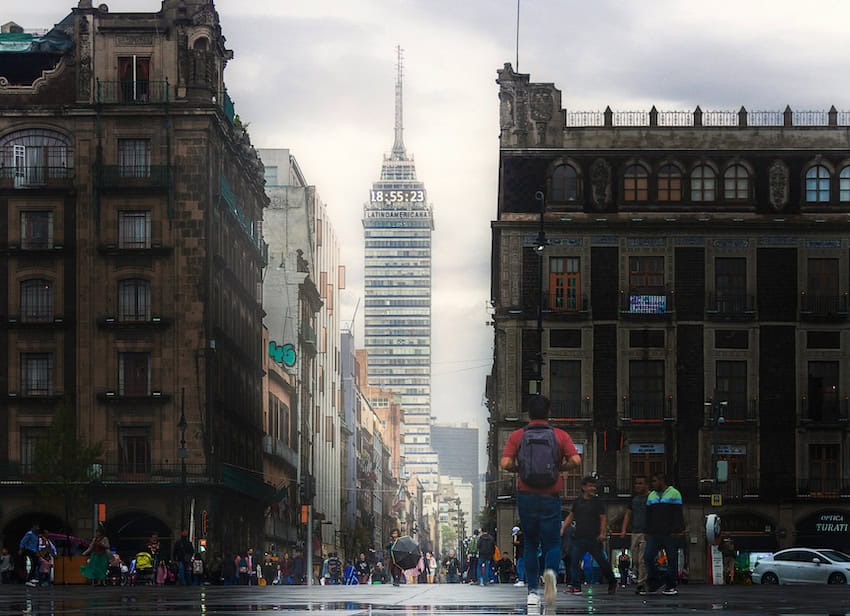
Why in the world are Mexico City residents known as chilangos? No one really knows. According to Luis Fernando Lara Ramos, a linguist and researcher at the College of Mexico, “We don’t know where the word came from. There are a lot of theories but none is trustworthy.” What we do know is that it’s derogatory, but locals still wear the badge with pride.
Guadalajara: Tapatíos
The most widely accepted version of the pseudonym is that it’s a derivative of the Nahuatl word “tapatiotl” meaning “que vale por tres”, or how much for three? The phrase was used while shopping at the local tianguis and the money wasn’t a coin but rather a small sack of cacao beans. Over time, it warped into “tapatío” and the name stuck. Anything can be tapatío, from food to people to architecture.
Monterrey: Regios
When you break up the word, Monterrey becomes monte and rey, monte meaning mountain and rey meaning king. King mountain doesn’t make much sense, but royal mountain does, in which case one would say monte regio. Hence the moniker regio.
Cuernavaca: Guayabos
There are a few theories behind this one but the most probable comes from the name Cuernavaca and its Cuauhnahuac origin. Cuernavaca means “cerca de la arboleda” or, “close to the groves of trees”. Aromatic guava trees, the pink ones to be precise, protruded from these groves and thus was born the nickname of guayabo.
Aguascalientes: Hidrocálidos
Did you know that Aguascalientes is flush with natural hot springs? The word hidrocálido is a play on the hot thermal baths in the region and the people that hail from it.
Veracruz: Jarochos
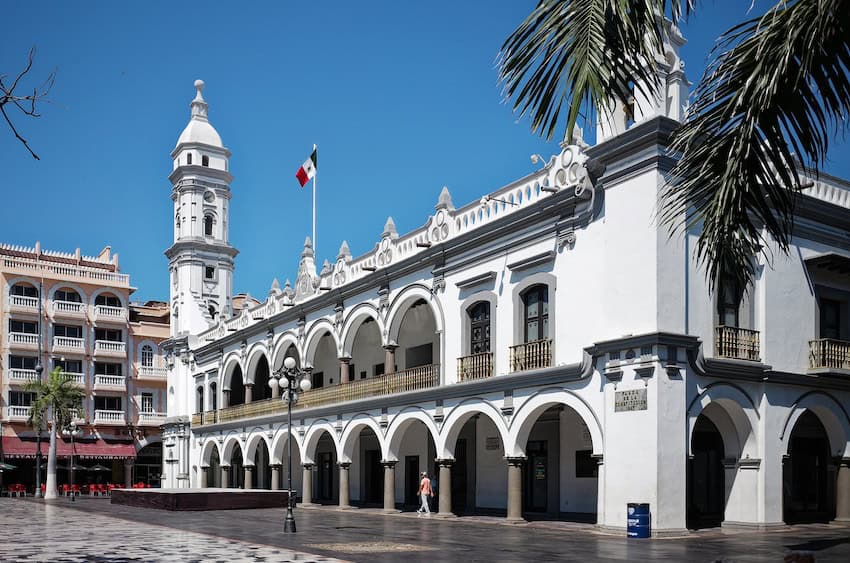
According to historians, after the Spanish arrived at the port of Veracruz, a wave of African slaves followed. The indigenous had never seen black people before and didn’t know what to call them. Since the slaves were usually seen using garrochas (spears) to guide herds of animals in the style of Andalusian cowboys, they referred to them as jarochas. Today, anyone from Veracruz is known as a jarocho/a.
Xalapa: Jalapeños
One of the staples of Mexican cuisine hails from Xalapa, also spelled Japala, and it’s a little green spicy pepper known as a jalapeño. Why wouldn’t you call its residents by the same name?
Puebla: Poblanos or angelopolitanos
Just like Xalapa, Puebla is the womb of poblano peppers. And so, people from Puebla are known as the same. But once in a while you might hear a local referred to as an angelopolitano, harkening back to 1532 when the city was baptized la Puebla de los Ángeles.
Mexicali: Cachanillos
Residents of Baja California North’s capital are called cachanillas after the bright pink pom-pom-looking flower native to the region.
Tabasco: Chocos
The pseudonym for tabasqueños is often misconstrued to be a derivative of chocolate, as Tabasco is a major producer of cacao. However, the true origin comes from the Maya word Yokot’an, meaning original, authentic, and true.
Yucatán: Yucas
Also self-explanatory, but a reminder to discern using context clues when the subject of conversation is a human or a tuber.
Bethany Platanella is a travel planner and lifestyle writer based in Mexico City. She lives for the dopamine hit that comes directly after booking a plane ticket, exploring local markets, practicing yoga and munching on fresh tortillas. Sign up to receive her Sunday Love Letters to your inbox, peruse her blog, or follow her on Instagram.



